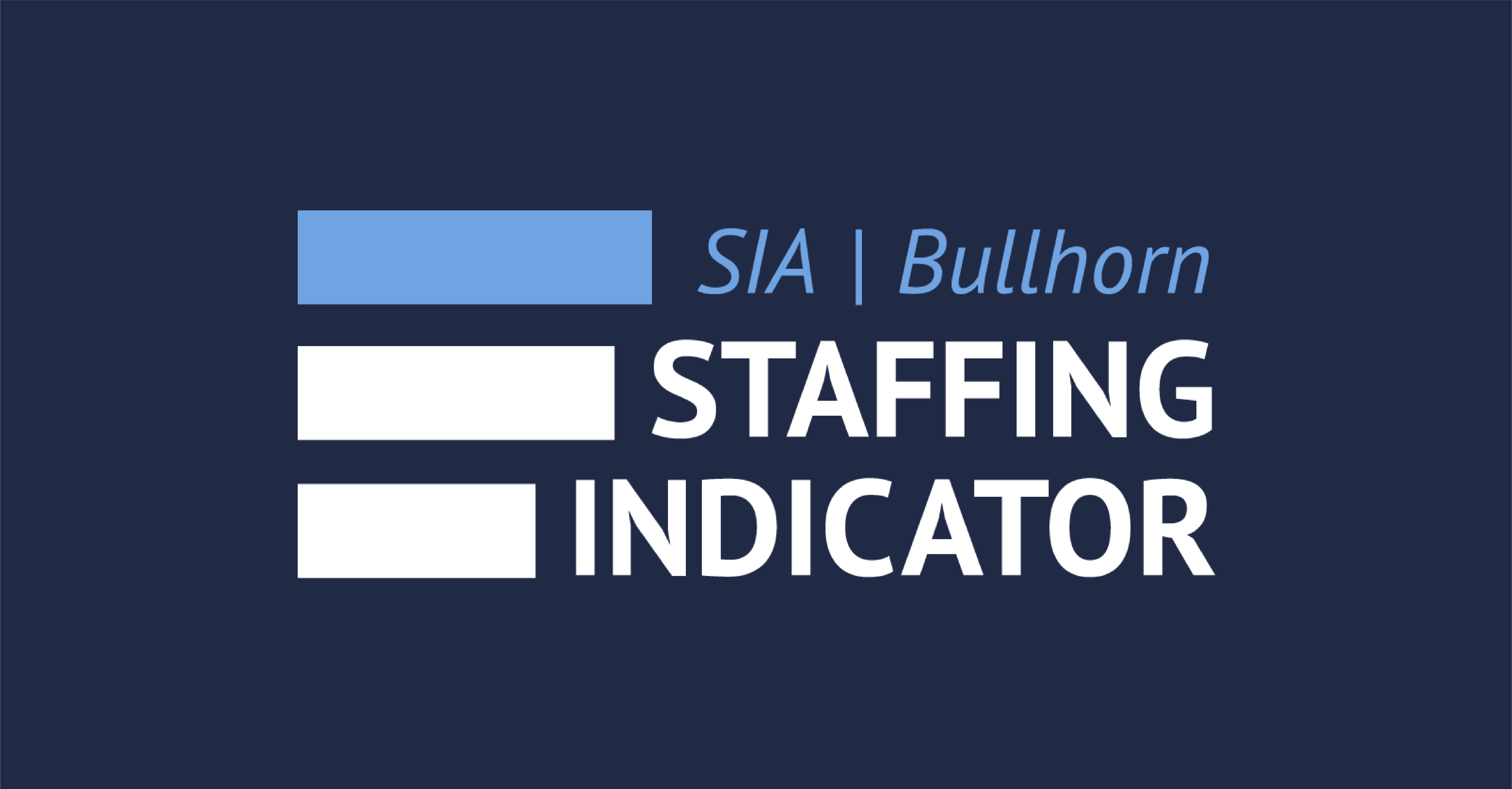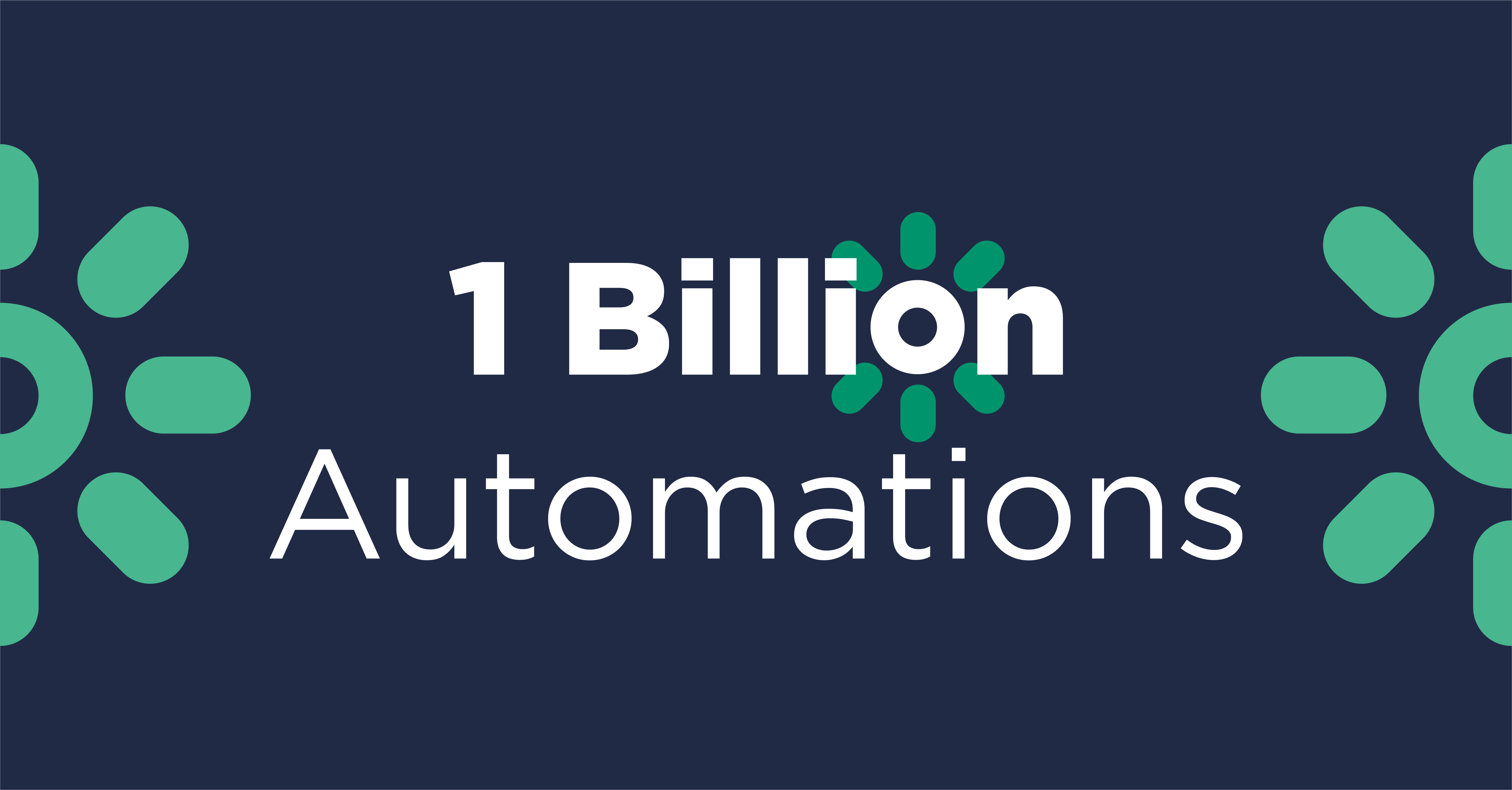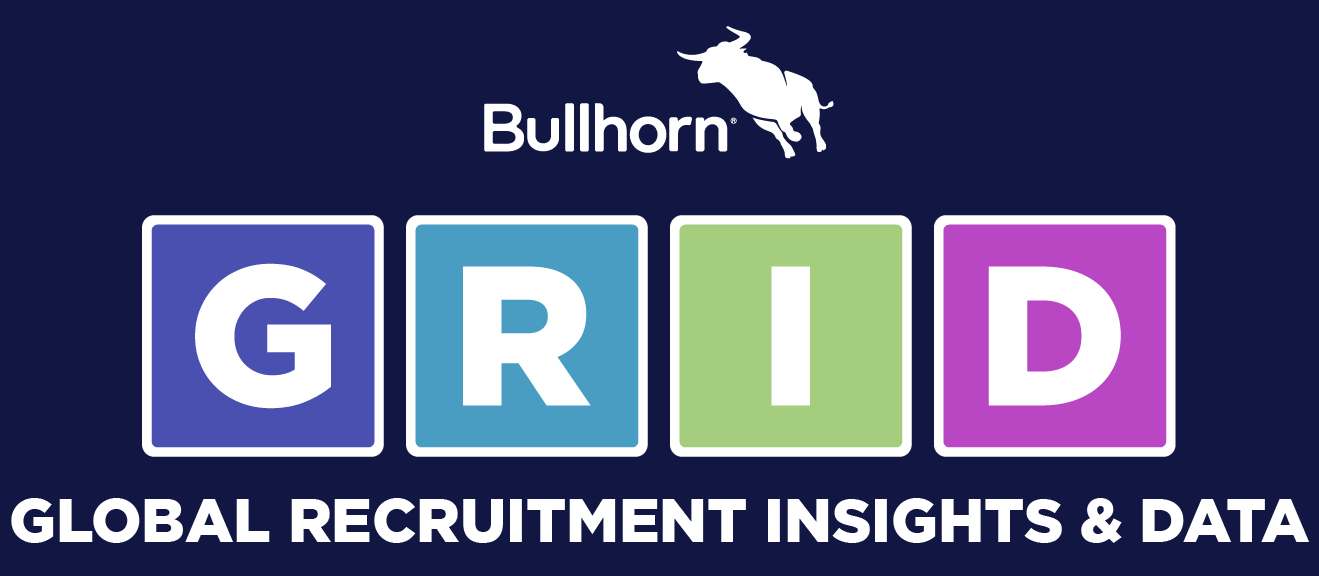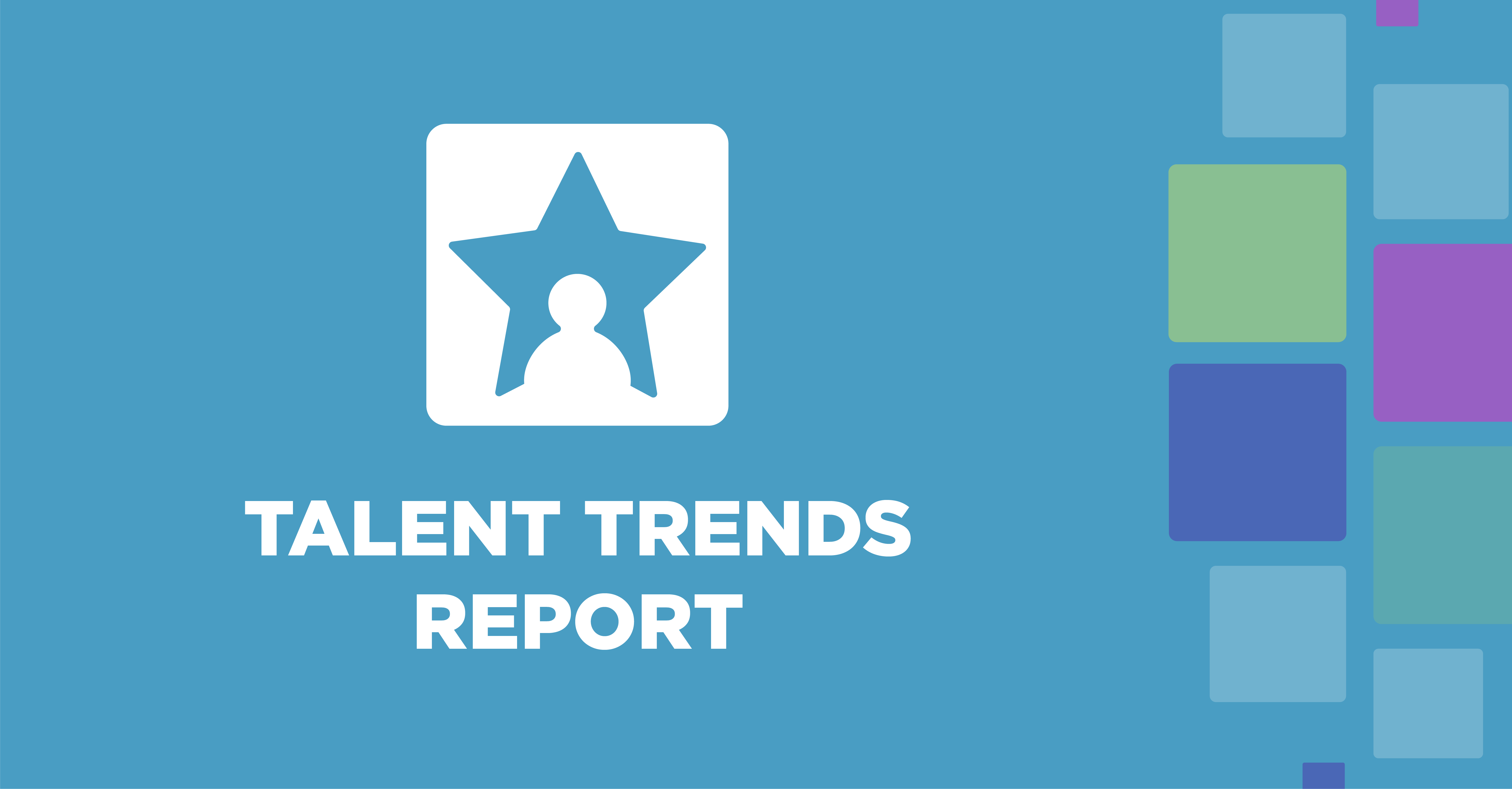NEW! GRID 2024 Industry Trends Report
We surveyed 1,400+ global recruitment professionals to learn their priorities and expectations for staffing and recruitment firms.
GRID 2023 Talent Trends Report
Every year, we survey 1,000+ global contingent workers to learn about their expectations working with staffing and recruitment firms.
Healthcare Spotlight: Talent Trends Report
We surveyed 150+ providers to find out what contingent workers in healthcare want staffing firms to provide. Sneak peek: a level of support, communication, and advanced technology.
Read the spotlight
Light Industrial Spotlight: Talent Trends Report
What does it take to produce a loyal, engaged clerical/light industrial talent community? We surveyed 300+ workers to find out. Tailored communications and frictionless onboarding and pay top the list.
Read the spotlight

Explore current weekly trends on U.S. temporary staffing volume with the SIA | Bullhorn Staffing Indicator.

Discover the results of firms that automate with our breakdown of the 1 billion automations created through Bullhorn products.



